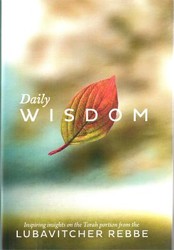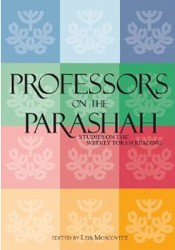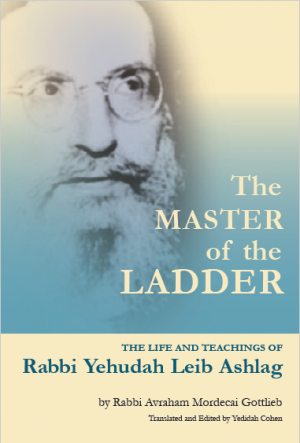The Hebrew Bible, as the foundational text of the Jewish people, provides us with history, law, myths, stories, and poetry for our prayers. Professor Segal (z“l) has written a new book about the stories that puzzle us the most, the stories that present the characters in an unflattering light.
We often wonder why stories of incest, murder, and rape would be included in a book considered the word of God, and Holy Scripture. As Professor Segal points out, it is still unclear to biblical historians when portions of the text were written, by whom, and for what purpose. Until then, we can only speculate as to why these stories are included. He has selected seven stories from the Hebrew Bible for discussion: Abraham and Sarah, the Golden Calf, the mystery of the book of Deuteronomy, the rape of the concubine, child sacrifice, David and Bathsheba, Tamar and Amnon.
Using the techniques of scholarly research Professor Segal presents each story as one of a type of repetition found in the Bible. For example in the chapter titled “No Peace in the Royal Family,”we begin with the rape of Tamar by her half-brother Amnon, then the rape of Dinah, and move to the tragic story of Samson. He demonstrates the motifs that interconnect the stories and how the narrative weaves a larger story of Israelite society. By showing us both the horror and consequences of averting the law we see the characters as human, tragic, and redemptive, rather than perfect moral beings without sin. That is, sin has a place as a teacher in the form of a story as a companion to the law.
This book is a scholarly work with excellent explanations on how modern scholarship reads and interprets biblical texts. The stories presented in this book are examples of repetition that can be categorized as tropes, type-scenes, doublets, allegories, prototypes, and hypertypes. Professor Segal’s writing is easily accessible and can be read as a modern commentary to the Bible providing us with new insights for thought and interpretation.

Nonfiction
Sinning in the Hebrew Bible: How The Worst Stories Speak for Its Truth
- Review
By
– February 22, 2013
Barbara Andrews holds a Masters in Jewish Studies from the University of Chicago, has been an adult Jewish education instructor, and works in the corporate world as a professional adult educator.
Discussion Questions

Jewish literature inspires, enriches, and educates the community.
Help support the Jewish Book Council.


